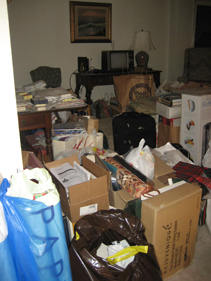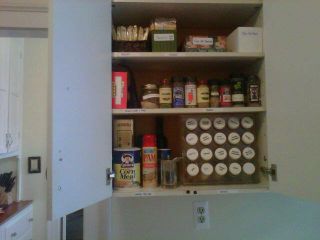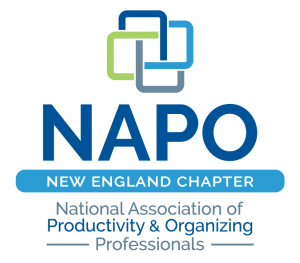Do-It-Yourself Organizing

Are you a do-it-yourself kind of person? Do you clean your own house, mow your own grass, shovel your own driveway? Is organizing a do-it-yourself project? What about downsizing, clearing out the garage, or getting rid of all that has accumulated in the basement? From what I’ve experienced in my 11 years as a Professional Organizer, it depends on three things. It depends on the volume of mess, thoughts and feelings about the mess, and amount of time one has to devote to organizing and clearing the mess. All three of these factors help us determine whether we want help, need help, or can tackle it on our own.
Let’s first discuss the volume of mess. The amount that needs to be organized affects whether we cry for help or think we can manage on our own. Most of us are willing to organizing a junk drawer on our own, and even a kitchen pantry, desk top or medicine cabinet, but what about our closets, basement, or garage?
Secondly, let’s discuss our thoughts and feelings about the mess. How stressed and overwhelmed are we about it? Is this causing us to stall and procrastinate. Are we frustrated trying to figure out where to start?
Lastly, let’s discuss the time we have to devote to organizing? How much time do we want to devote to clearing the mess? Do you want to eat up your precious free time organizing your closet or family room?
We all have our own tolerance levels. That point where we just can’t stand it any longer, and things have to change. When do you reach yours, and do you ask for help once you’ve gotten there? Help is available. I’m available. If you’re not within 15 miles of North Attleboro, MA you can find a Professional Organizer in your area by visiting the website for the National Association of Productivity and Organizing Professionals. If you are close to North Attleboro, MA I’d be happy to assist you if you’d like help. Email me today.
©March 2019 Janine Cavanaugh, Certified Professional Organizer® All Rights Reserved









Follow Me